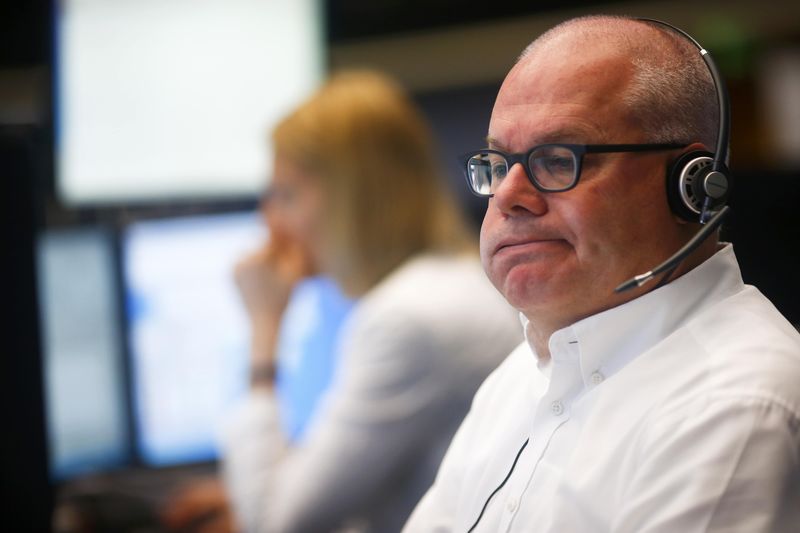The nickel market has entered a period of surplus due to Indonesian-driven increases in supply according to IGO Ltd acting CEO Matt Dusci, who recently spoke at the opening session of Paydirt’s Australian Nickel Conference.
Forecasts are still pointing to a supply shortage as battery and other energy transition-related applications increase demand however, with the current surplus expected to be short-lived.
“That new supply is required from about 2026 onwards, and it gets accelerated as demand for EV batteries pick up,” Dusci said.
“Ultimately, nickel needs about 1.5 million tonnes of new resources by 2040 – there is a significant deficit coming.”
Indonesia’s rapid ramp-up
Nickel supply from Indonesian markets has increased rapidly in recent years, having represented only 2% of the global supply in 2015 but now cornering a whopping 45% of the global market today.
“What we see out of Indonesia is a lot of class two nickel, which is displacing class one nickel into stainless steel,” Dusci commented.
“What we are also seeing is Indonesia being diversified and diversifying their products, so we are starting to see a merge between class one and class two.”
An improvement in processing technology, specifically high-pressure acid leaching capacity, has driven a strong uptick in the country’s supply to the global market.
“So, we are seeing more diversified product coming out of Indonesia, filling both class one and class two demand,” Dusci explained.
“That’s only part of the story when you are looking at nickel metal. What we find is you still end up with a bifurcation of market, you still end up with a two-tiered pricing market.
“It doesn’t mean that we still don’t see strong premiums, strong demand and strong interest in nickel out of Western Australia highly linked to alternative supply chain routes.”
At present, analysts predict the surplus market will continue at least until 2025, although the lower-grade nickel currently flooding the market is largely unsuitable for applications in the growing battery market.
In confirmation of long-term concerns over the battery metal, the US Department of Energy included nickel in its list of critical minerals and described it as one of the commodities most important to the energy transition and at the highest supply risk.
